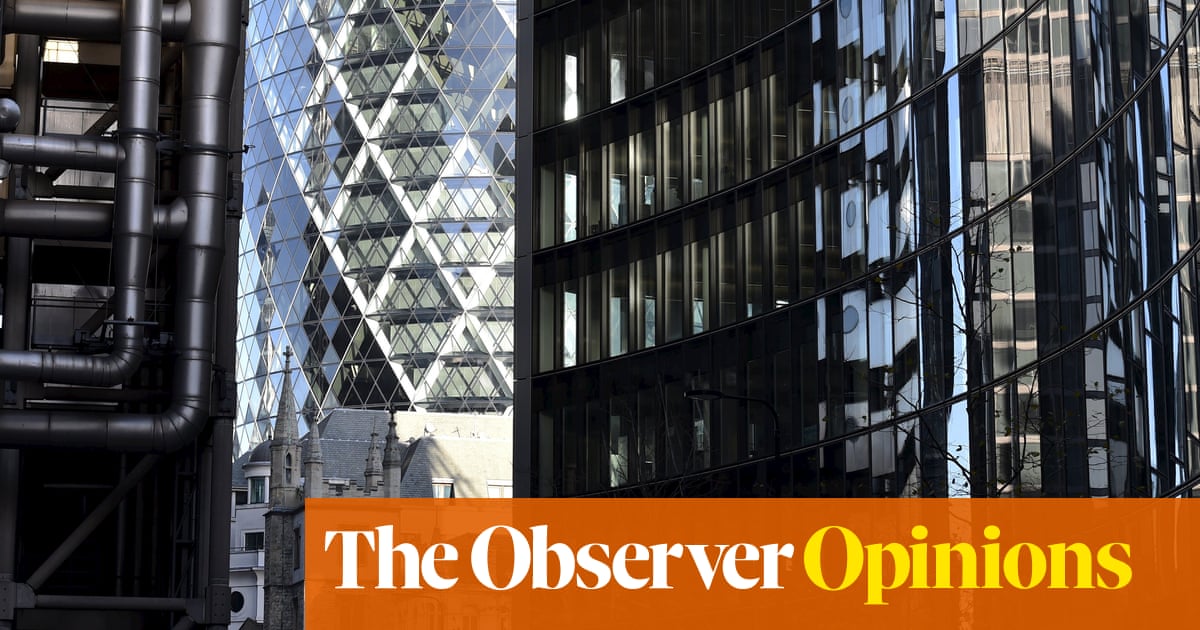
St Helen’s Square is a nice spot in the City of London, sometimes thronged with lunching office workers, at other times a good place to pause and catch your breath. It captures more sunshine than you’d expect, given the towers around. It is surrounded by beautiful architecture that tells the rich history of the Square Mile: medieval churches, Richard Rogers’ epic Lloyd’s building, the Gherkin a little further off.
It helps to make the City what it is: a rich and sociable place drawing people away from their work-at-home desks. Yet its rulers, the City of London Corporation, seem set to obliterate it. They are due to consider a planning application for 1 Undershaft, a tower that would extend over 29% of the square, while overshadowing much of the rest with a projecting tongue-shaped platform overhead. The corporation is showing every sign of supporting the scheme.
The proposal breaks new boundaries in greed. There is already an approved plan for a skyscraper on the site, which at 305m would be the tallest in the City, and would triple the floor area of the 1960s tower it would replace. The latest version would increase the bulk by a further 20%. And where the early design was graceful and dignified, the new one, although by the same architect, Eric Parry, is lumpen and crude. That tongue, propped on long sticks, looks like an embarrassing homage to Salvador Dali.
Until now, controversial towers often came with the promise that they would enhance the public realm. The Leadenhall Building, a Rogers-designed skyscraper next to St Helen’s Square, won planning permission with the help of a generous open portico at its base. The radical innovation of 1 Undershaft is to take public space away. Its developers argue that they will compensate the loss of the square with “an elevated public garden” and “external office amenity garden levels”. Such places, accessible only via lifts and security checks, are nothing like ground-level public spaces, the kind where anyone can wander in and out of at will. They also turn out less lush than suggested by computer-generated visuals, because plants struggle at exposed heights, and they get squeezed out by a demand for bar tables and other revenue-generating functions.
Yet the City encourages oversized developments dressed with unconvincing greenery at high levels: they recently approved plans to redevelop the Museum of London’s old site, while proposals for offices and a hotel over Liverpool Street station are currently being modified. The theory put forward is that these projects address the post-pandemic world. They respond to the obvious question – why build more offices? The argument given is that these state-of-the-art places will woo valuable workers into town with the help of all that elevated greenery.
But this approach creates a divided world, with those high-value Eloi above, gazing on their floating trees, and the Morlocks negotiating their reduced, darkened spaces below.
More likely, the City will be worse for everyone – uglier, more constricted, with less daylight – hardly the way to bring people back. The corporation’s planning committee should refuse the 1 Undershaft plans.











